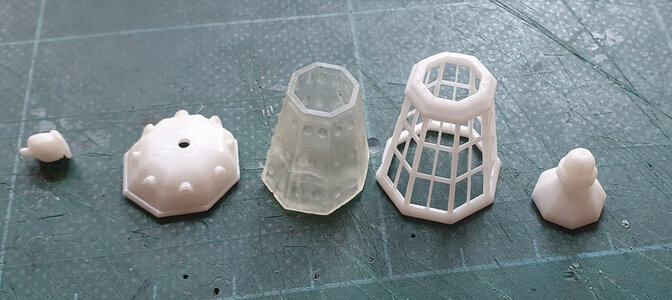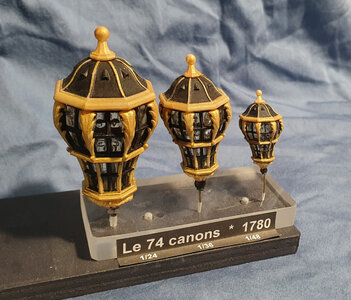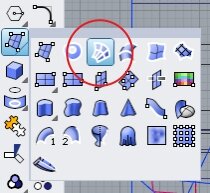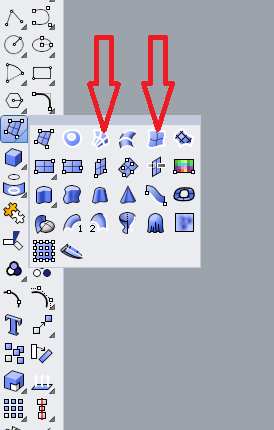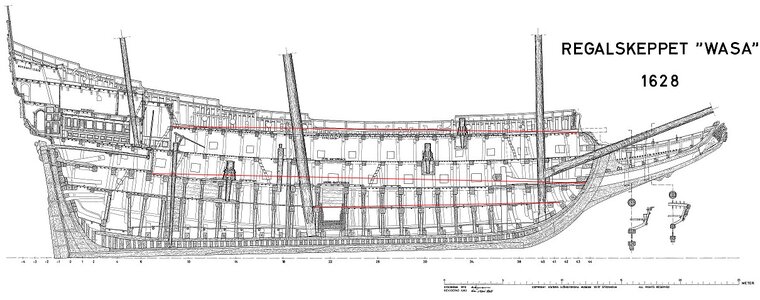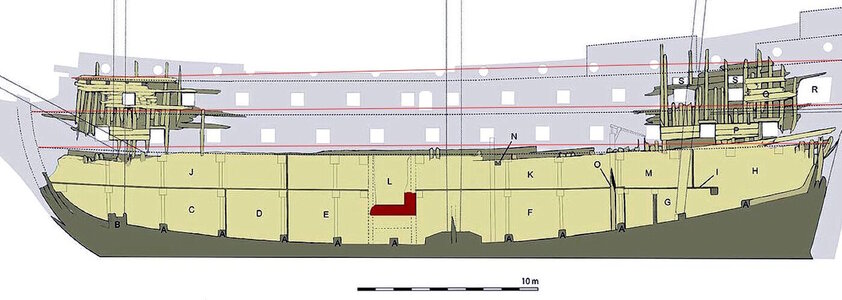Hi Alessandro!
You got my 'Love' reaction not just because of your explanations of the subject, you also took this post to a different level of communication by translating it to the Ukrainian language of the poster and English for the rest of us!! Hats OFF!
Ciao, Alessandro!
Hai ottenuto la mia reazione "d'amore" non solo per le tue spiegazioni sull'argomento, ma hai anche portato questo post a un diverso livello di comunicazione traducendolo nella lingua ucraina del poster e in inglese per i grandi di noi!! Giù i cappelli!
You got my 'Love' reaction not just because of your explanations of the subject, you also took this post to a different level of communication by translating it to the Ukrainian language of the poster and English for the rest of us!! Hats OFF!
Ciao, Alessandro!
Hai ottenuto la mia reazione "d'amore" non solo per le tue spiegazioni sull'argomento, ma hai anche portato questo post a un diverso livello di comunicazione traducendolo nella lingua ucraina del poster e in inglese per i grandi di noi!! Giù i cappelli!





